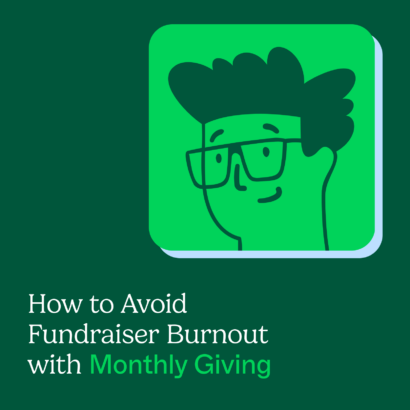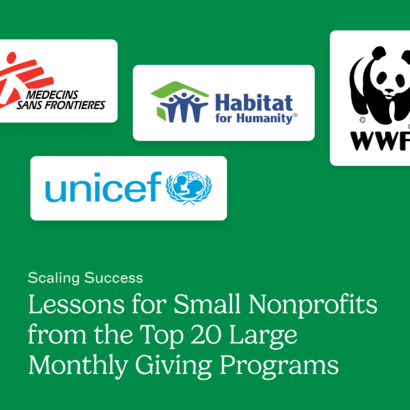It seems obvious to say that the more traffic a nonprofit’s website has, the more donations they are likely receiving. However, many nonprofits make the mistake of believing paid advertising, a presence on social media or simply an email newsletter with monthly updates is enough to drive traffic to their site. If these organizations spent more time creating quality content to share on their social channels and e-newsletters, potential donors receiving these digital messages would become more interested and engaged in the charity.
Understanding the types of content that nonprofits should be creating and how they should be sharing it with their audience is key to receiving higher website traffic and donations.
The case for organic traffic
Organic traffic is naturally occurring traffic from search engines and other sources that you did not have to pay for. Building an audience through organic search can be difficult, but is much more rewarding than paying for search engines or social networks to promote your site. Organic traffic means the audience is there because they are genuinely invested in your nonprofit’s goals and are interested in your content. Paid ads tend to spike your website’s traffic momentarily, but retaining these views can prove difficult over an extended period of time, especially once you decide to quit paying for ads.
The best way to receive more organic search is to create more content and use the right keywords for search engine optimization (SEO) purposes. With the right content, scheduled on a regular basis, your website will draw more search engine traffic. With original content on your website, you can create more posts on social media sites and content in email newsletters that link back to your own website.
What kind of content?
Before you can encourage people to donate to your nonprofit’s cause, you must help them understand your goal and use it to create content that inspires an emotional reaction. Do this by increasing the amount of quality content published on your site.
According to Content Marketing Institute, 92% of nonprofit professionals used content marketing in 2016 and 65% increased the amount of content they made in 2016 from the amount they created in the previous year. It is important that your organization be in that 65% group that is increasing the amount of content, especially if your site is currently lacking or if most of your social channels are linked content from other sites.
Blogging, or even video blogging (vlogging), is a great way to test out what content does and doesn’t grab your audience’s attention. Organizations that blog get 55% more visitors. Start by creating a monthly plan for what types of blog content you want to create and choose the dates you want them published by. Then, stick to it.
Consistency is key to starting a blog, whether it’s posting three times a week or just once a week. Your audience will come to know when you post and look forward to receiving the notification on a regular schedule, whether via social media or email. By monitoring the views on your different types of content over the first consistent month, you will receive insight into what subjects are resonating with your audience and plan for the next month accordingly.
Make sure the content you are creating also focuses on the specific problem your charity hopes to solve. You should be publishing blog posts that speak to that problem and provide readers with your answer.
Create subscribers out of visitors
After you begin to see an increase in your website traffic, you’ll want to figure out the best way to turn your visitors into email newsletter subscribers. Subscribers are even better than visitors since, by subscribing, readers have opted in. They want to be notified of your content and are committing to be invested in your organization at least by consistently reading your updates. These are the type of involved people that are most likely to turn into donors and volunteers.
Promote your e-newsletter on your homepage as well as in your blogs and on your social sites. This will create a loop of production through your content, and promotion through your email blasts.
Do not fear to be aggressive in both the collection of emails and in sending notifications of your new content. As long as you send quality content subscribers will stay on your list and keep returning to your website. Your email list leads to donations. According to the 2016 M+R Benchmarks Study, gifts from email accounted for 29% of all online revenue in 2015, and nonprofits got $44 in donations for every 1,000 fundraising messages sent.
As you can see, good content is the best way to build a steady stream of organic traffic on your site. And with organic traffic will come subscribers and eventually, increased donations. Check out our blog for more tips for nonprofits on how to turn readers into email subscribers, build your blog content and maximize your nonprofit’s social presence.



